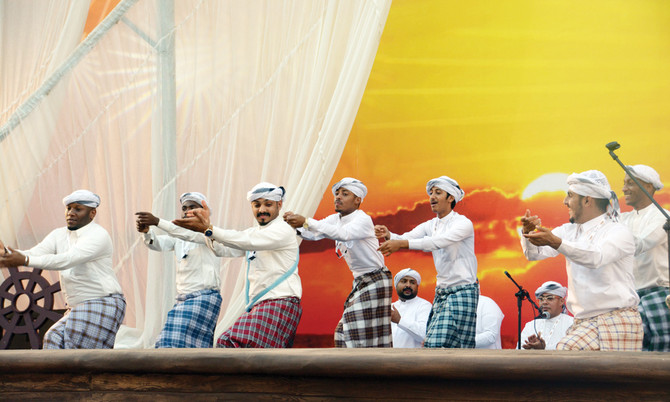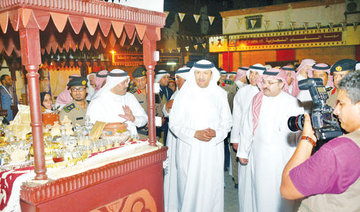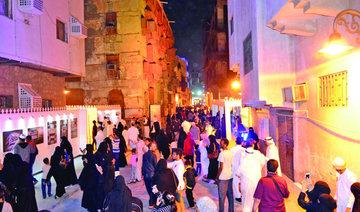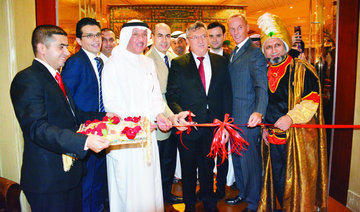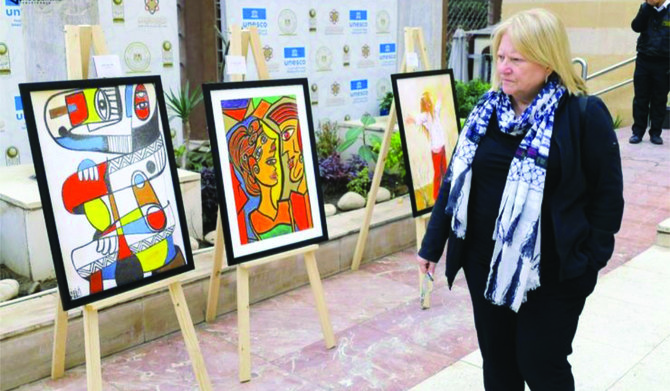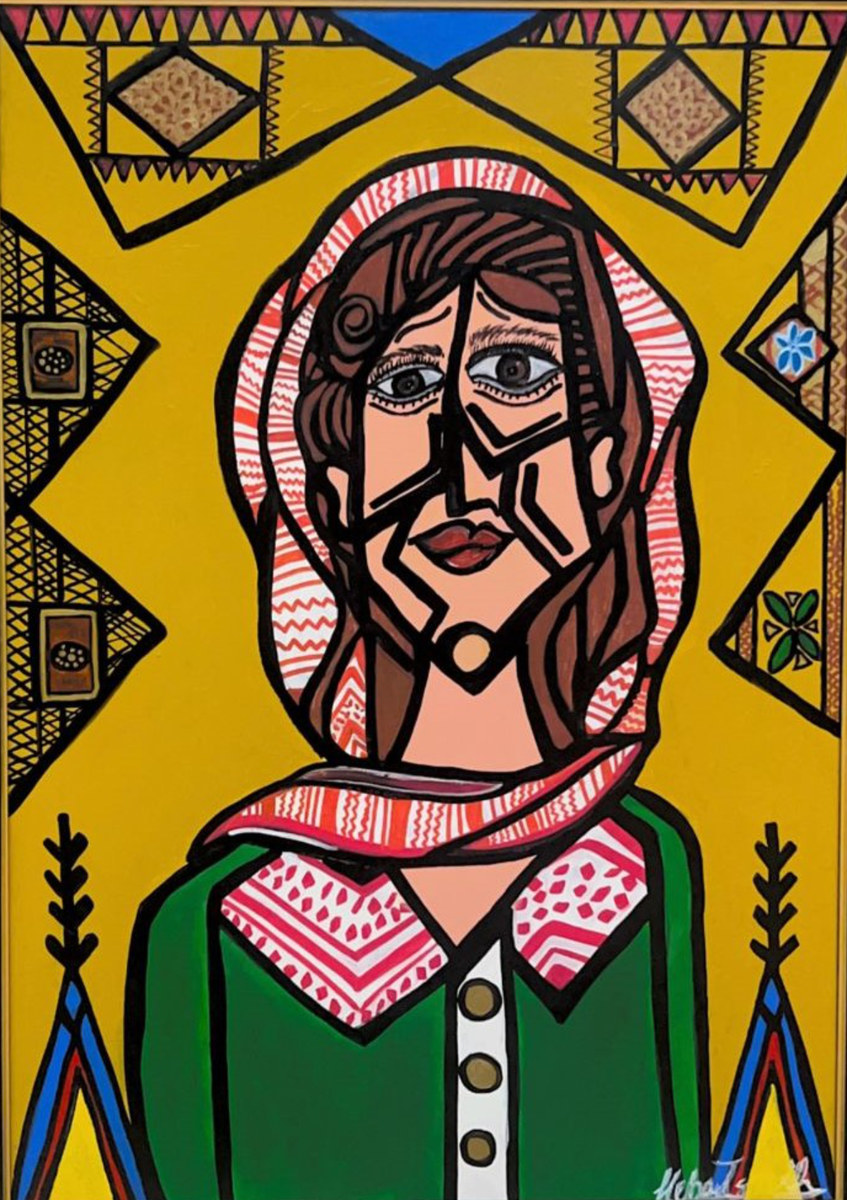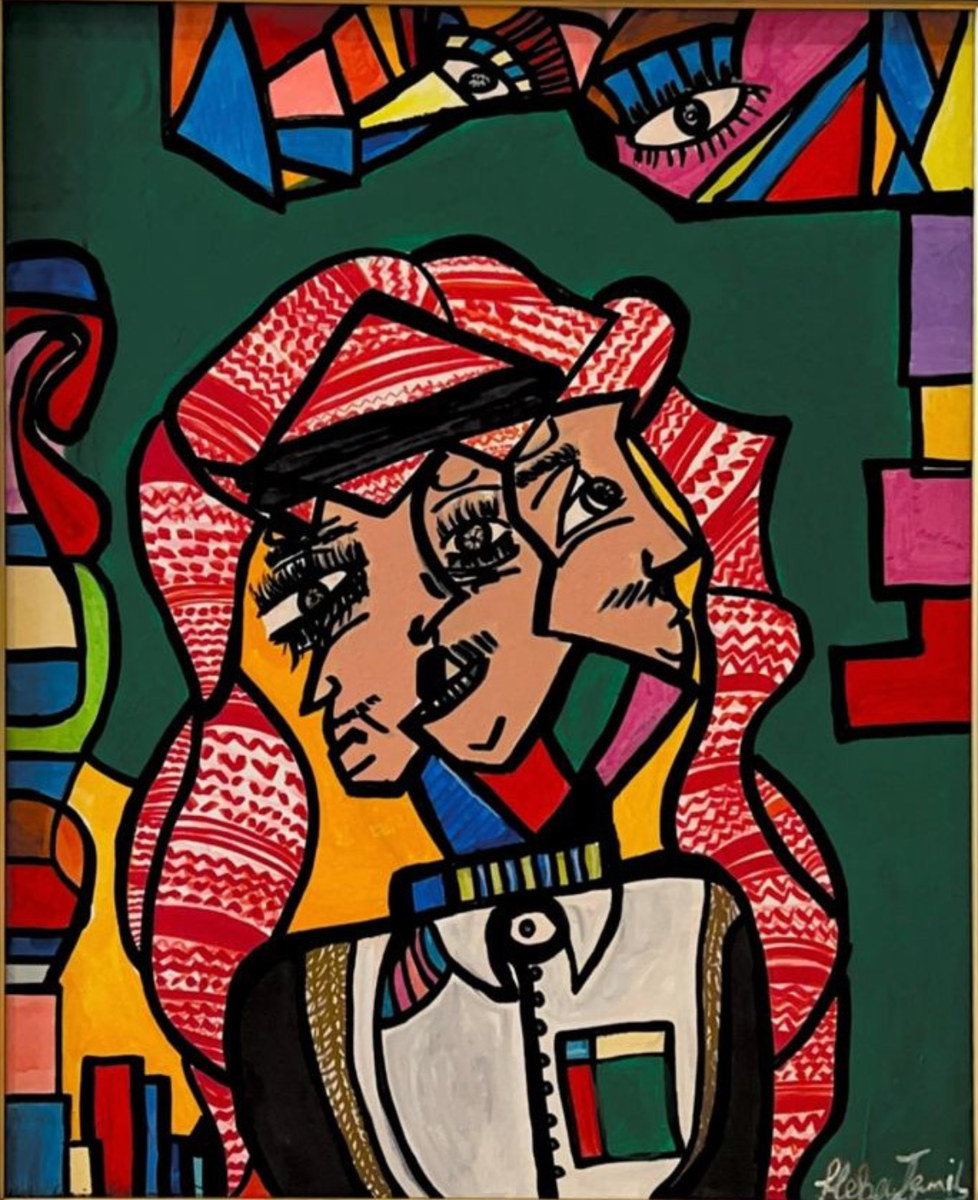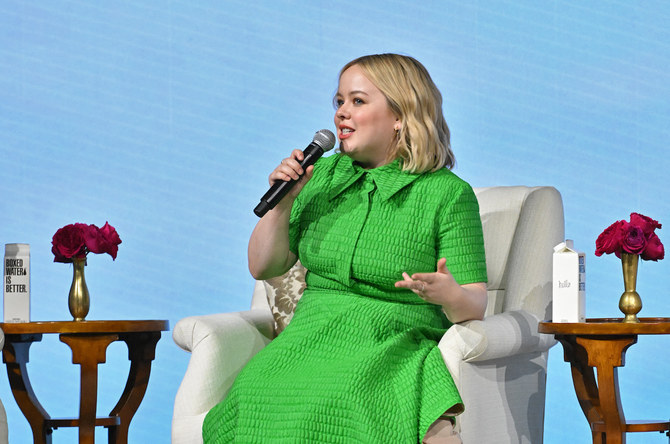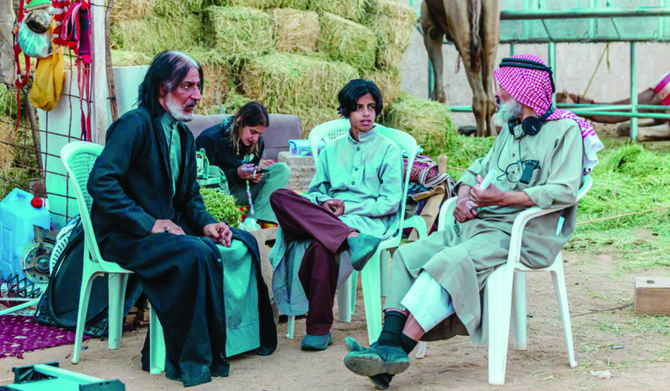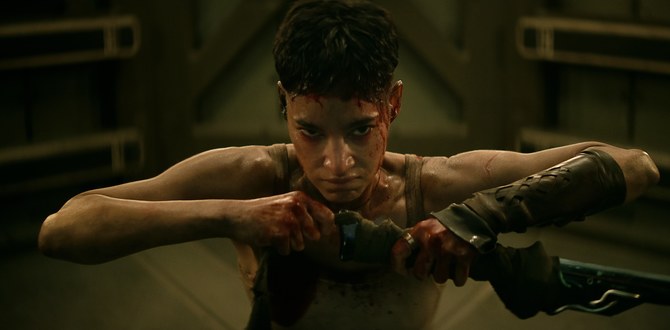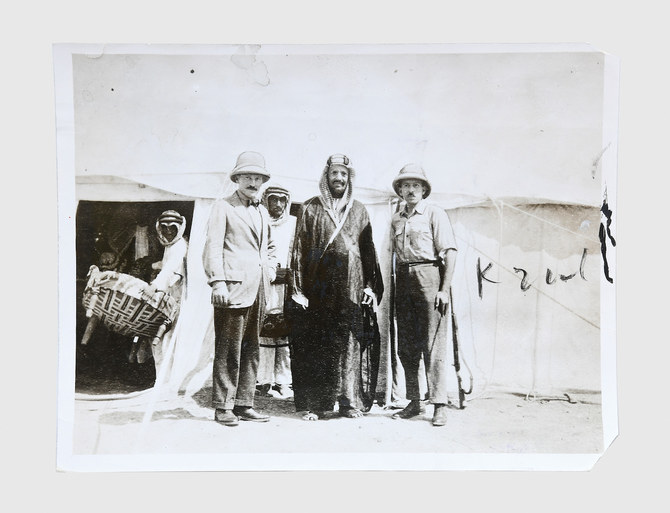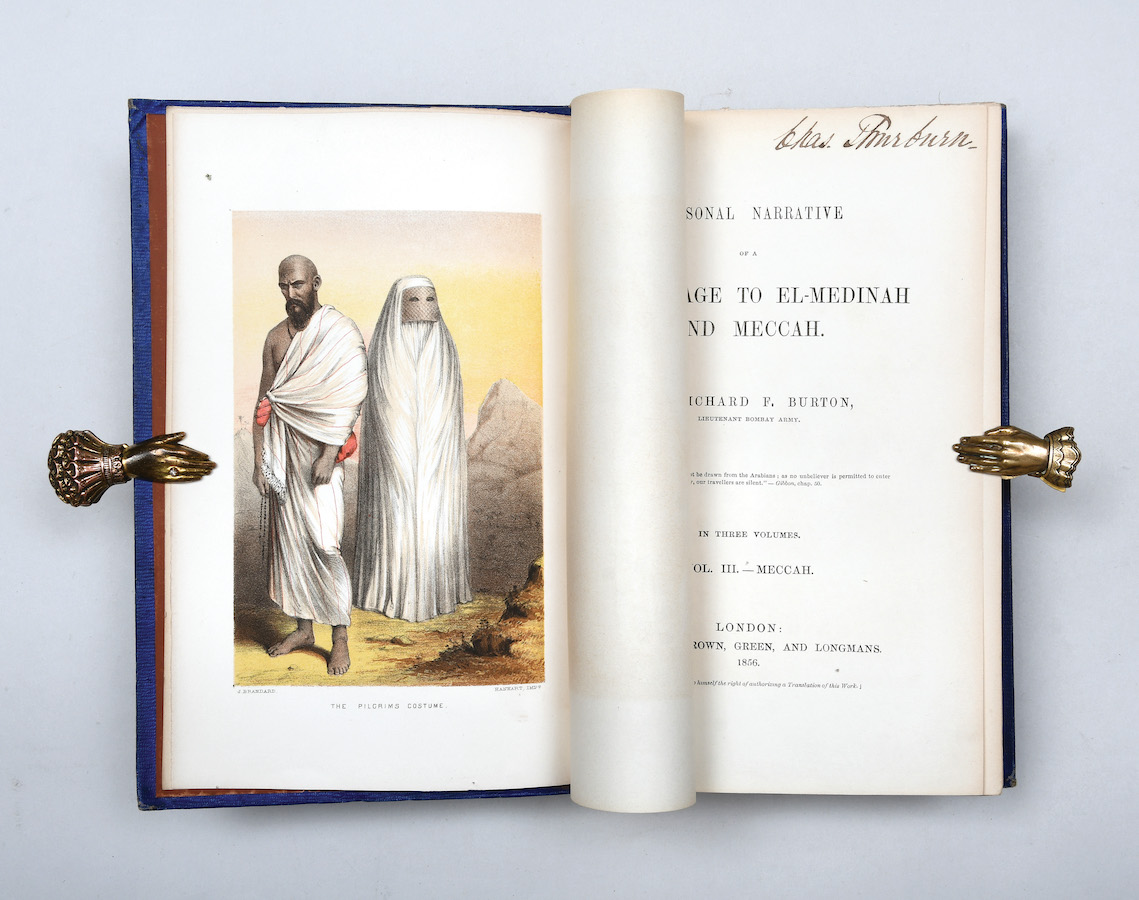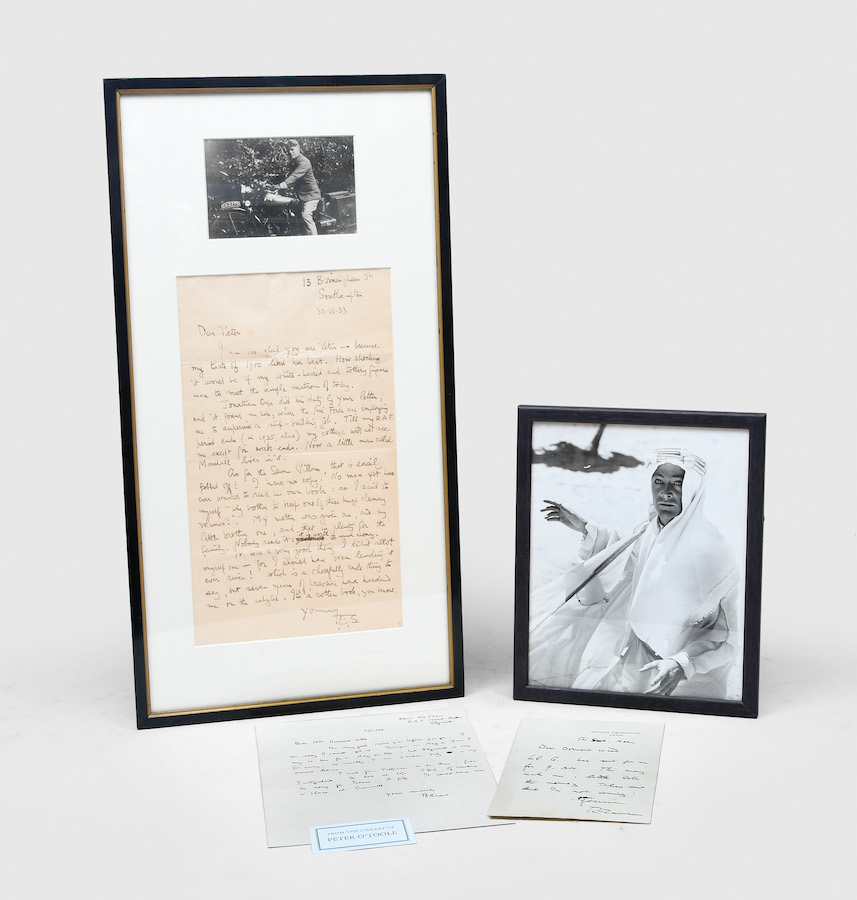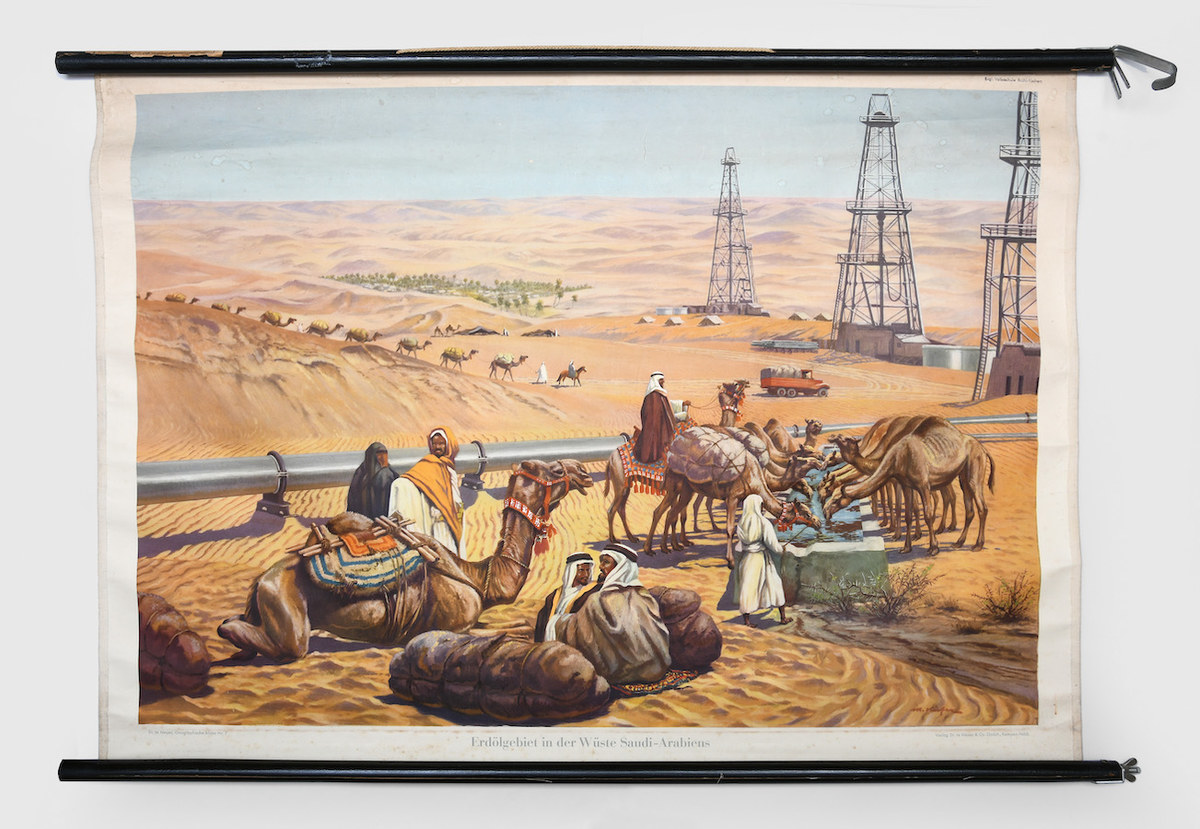Living in the modern world does not mean you have to be a prisoner of it. For many people a walk through the past slows down the harried pace of daily life and recharges the batteries. For Jeddawis that means a visit to the Atareek historic festival.
Jeddah’s historical area has always been a major tourist attraction for visitors. Pilgrims made it almost part of the rituals to pay a lengthy visit to Al-Balad, otherwise known as Old Jeddah.
The historic Jeddah festival “Atareek” in its fourth edition is a reminder for Saudis and expatriates about the Kingdom’s history, and allows them to allocate some time to immerse themselves in those glorious times.
The festival ends Saturday. It opens after Asr prayer through late evening.
SEE GALLERY: Jeddah Hertiage Festival
The word “Atareek” literally translates as a “lantern” used to illuminate streets, houses and alleys. The Hijazi term is also used to refer to Old Jeddah.
As the festival coincides with the spring holiday, people from all over the Kingdom and neighboring countries pour into Jeddah, the “Bride of the Red Sea” as the locals call it.
“An overwhelming wave of nostalgia is sweeping my mind as I’m roaming the area,” an elderly visitor told Arab News, describing a sudden feeling of an acute longing for Old Jeddah. “Most aspects of the past can be seen and touched here, right now in the presence of hundreds of modern-day people.”
According to the Saudi Commission for Tourism and National Heritage (SCTH), the existence of historic Old Jeddah dates to the era before Islam. The turning point in its history came during the reign of Caliph Uthman bin Affan in 647CE when he ordered Jeddah to be the sea port of holy city of Makkah in order to facilitate regional commerce as well as receiving Haj and Umrah pilgrims.
Al-Balad has a number of monuments and heritage buildings of archaeological interest that stand tall in the face of the most contemporary designs, including the Old Jeddah wall and its historic open squares, like Al-Mazloom, Al-Sham, Al-Yemen and Al-Bahr Haras.
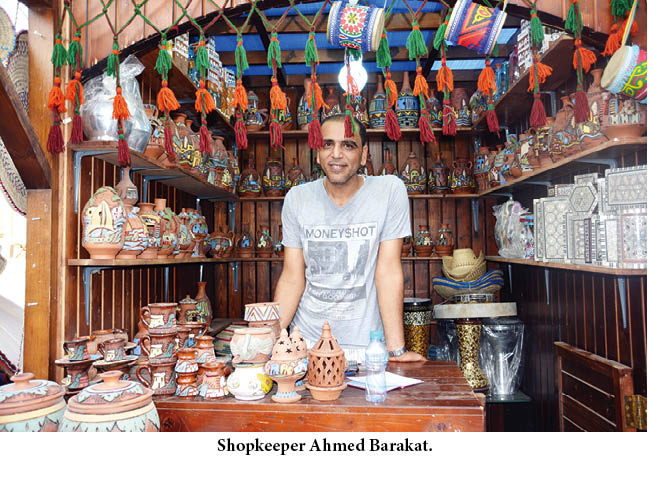
There are historic mosques in addition to several old markets, or souks, that offer a different variety of commodities and goods that cannot be found elsewhere.
The aim of the festival is to strengthen the Kingdom’s position as a source of Arab and Islamic culture, literature, history and heritage, and to contribute to linking the past to the present. It also aims to highlight the historical region of Jeddah and introduce the visitors to the monuments and historical heritage in order to preserve it and revive the customs and traditions of its people, in addition to making it a tourist destination for families and visitors to the city.
The festival’s first edition kicked off in the spring of 2014. It is considered the first Saudi festival to attract over 3 million visitors in its third edition.
WATCH VIDEO: A tour inside Jeddah Historical Festival
A number of celebrities participated in the event. The festival is usually held for 10 days and is based on historical, cultural and entertainment activities. The area turns into an open museum that takes the visitor to an era of 80 years ago. A significant part of the festival is based on traditional Hijazi and non-Hijazi cuisine, while the other part is distributed between traditional performances, popular art on display and many booths selling different traditional goods from clothes and jewelry to house accessories.
An 80-year-old man wearing a Hijazi fouta and light cotton top with a Hijazi turban appeared teaching his 17-year-old son the profession of his grandparents, building mud houses. “I’m keen to pass the profession on to my son and next generation. Such professions shouldn’t die,” he told Arab News. “I’m thrilled to see people interested in our heritage. We try our hardest to represent our ancestors the best way possible.”
 The shouts of the milkman can be heard on every block in the area as he roams the district promoting his goods “Milk, milk!” while the neighborhood’s mayor is welcoming the visitors and taking selfies and Snapchat videos with teenagers. “I told everyone long before the festival starts that this year’s edition will be one of its kind, and I was right,” the mayor told Arab News with a warm smile on his old face.
The shouts of the milkman can be heard on every block in the area as he roams the district promoting his goods “Milk, milk!” while the neighborhood’s mayor is welcoming the visitors and taking selfies and Snapchat videos with teenagers. “I told everyone long before the festival starts that this year’s edition will be one of its kind, and I was right,” the mayor told Arab News with a warm smile on his old face.

One cannot pay a visit to Al-Balad without seeing the famous 200-year-old property that is now covered entirely in tin foil. The idea came to Saudi artist Abdullah Al-Othman, and was intended as a message to the people to preserve their ancient buildings instead of leaving them to decay with time. The house used to be an abandoned 19th century women’s shelter.

The festival did not only attract Saudis, as many foreigners were also present and expressed how fascinated they are by the rich Saudi culture.
“I love visiting cultural sites in every country I go to,” said a Swedish expat who has been living in the Kingdom for three years now. “Al-Balad is a fascinating district and can’t be explored in one visit — this is my second visit.”


